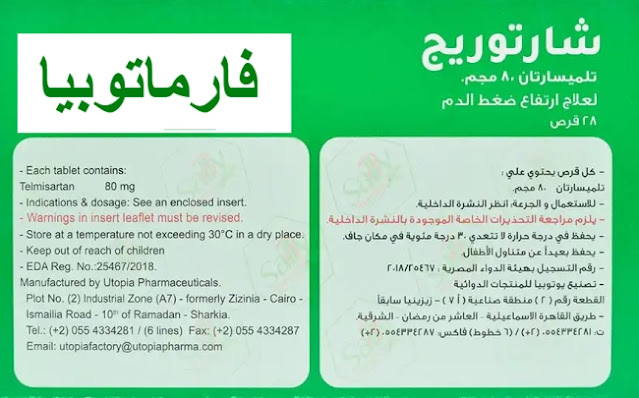Misotac Tablets: Information and Considerations for Women in MENA Countries
Introduction
In many Middle East and North African (MENA) countries, the topic of women's reproductive health and rights is often considered taboo. However, it is crucial for women to have access to accurate information and resources to make informed decisions about their bodies. One important aspect of this is the use of Misotac tablets. This blog post aims to provide women in MENA countries with essential knowledge about Misotac and its use, along with available support and resources.
What are Misotac Tablets?
Misotac tablets contain the active ingredient misoprostol, which is commonly used for medical abortion and to prevent stomach ulcers. In the context of reproductive health, Misotac is often used in combination with another medication, mifepristone, to safely and effectively terminate an early pregnancy.
Considerations for Women in MENA Countries
Access to safe and legal abortion services is limited in many MENA countries, leading some women to seek alternative methods, such as using Misotac tablets without medical supervision. It is important for women to understand the potential risks and complications associated with self-administering Misotac, including incomplete abortion, heavy bleeding, and infection.
Seeking Medical Guidance
While self-administration of Misotac may seem like the only option for some women, it is crucial to seek medical guidance and support. Women should consult with healthcare providers who can provide accurate information, guidance on dosage, and monitor their health throughout the process.
Emotional Support
Facing an unplanned pregnancy or considering abortion can be emotionally challenging. Women in MENA countries should know that they are not alone. There are organizations and support groups that can provide emotional support, counseling, and resources to help them make informed decisions about their reproductive health.
Opposing Viewpoints
It is important to acknowledge that there are differing viewpoints on the use of Misotac tablets for abortion. Some individuals and groups may have religious or ethical objections to abortion, while others may support women's right to choose. It is essential for women to consider these perspectives and make decisions that align with their own beliefs and values.
Conclusion
In conclusion, Misotac tablets can be a safe and effective option for women in MENA countries who are facing an unplanned pregnancy. However, it is crucial for women to have access to accurate information, medical guidance, and emotional support throughout the process. By empowering women with knowledge and resources, we can help them prioritize their well-being and make informed decisions about their reproductive health.
Remember, you are not alone. There are resources and support available to help you navigate these sensitive decisions and prioritize your well-being.
About the Author
Dr. Ahmad Baker, PharmD
He is a senior pharmacist and health educator with extensive experience in the Middle East and North Africa region. Through his writing, Dr. Ahmad aims to empower communities by providing reliable, evidence-based health information. With expertise in clinical pharmacy and regulatory affairs, he strives to offer unique insights into healthcare and simplify complex medical concepts, making them accessible to everyone.
Legal Disclaimer
The information provided in this blog is for educational purposes only and is not a substitute for professional medical advice. We do not guarantee the accuracy or completeness of information regarding medications or medical products, and official sources should be verified before making any decisions. By using this blog, you agree to assume personal responsibility for relying on the information provided.

Comments
Post a Comment